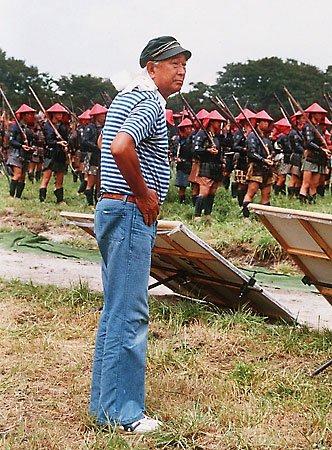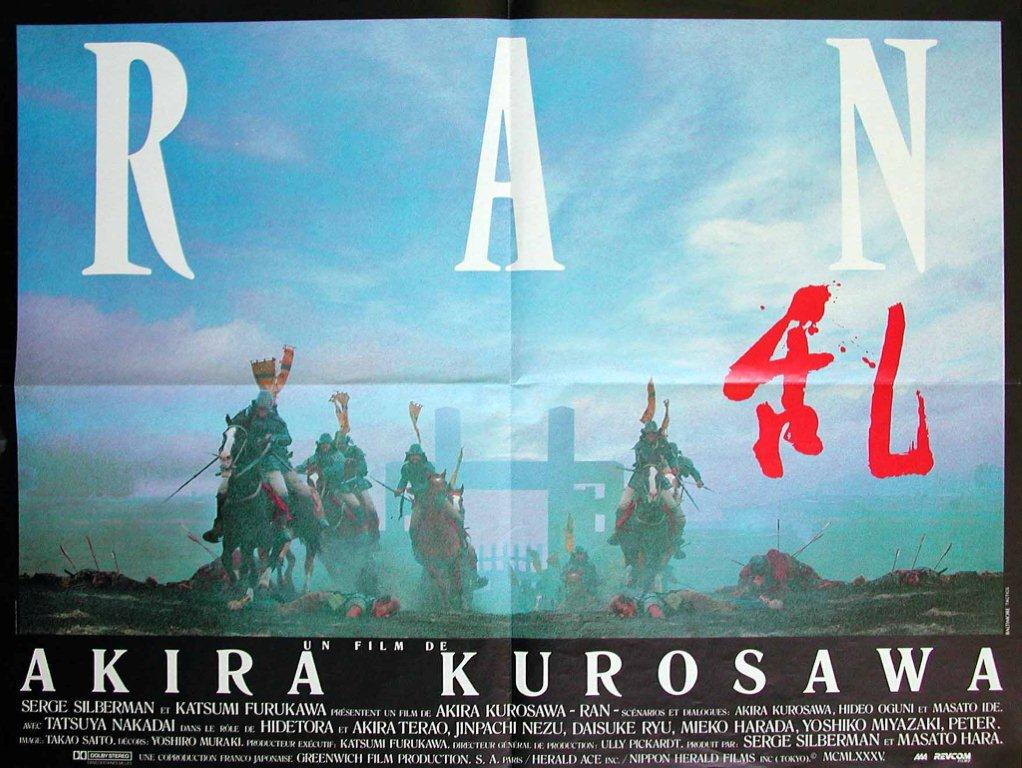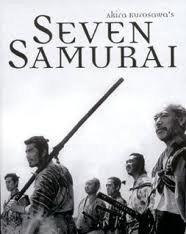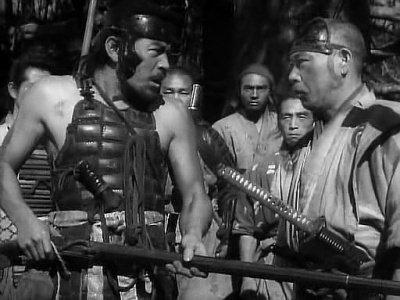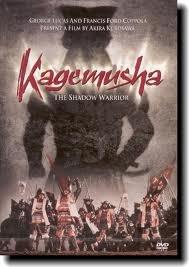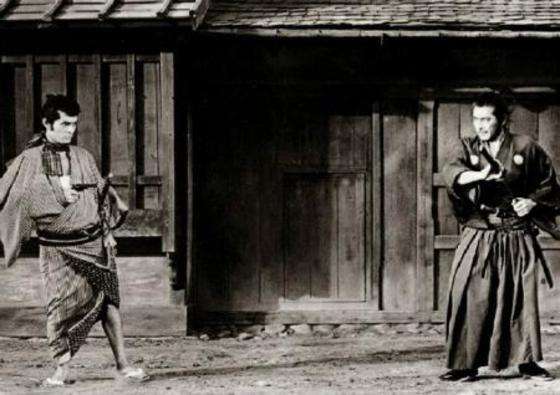By Kimu Sensei
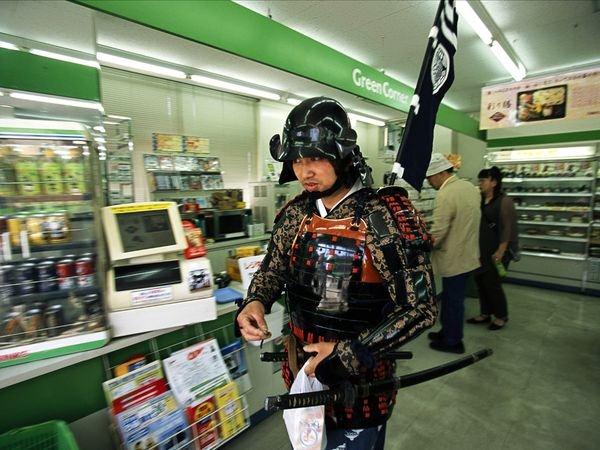
POMW! – The battlefield and martial arts – historically
All Martial Arts was originally a starting point in war. In war people die and in war it is important to win, on both the short and long course, and as soon as possible with minimum resource consumption. War costs money, but is also simultaneously an entire industry for it selves. This has been true throughout history.
The constant pressure on benefits, has led to an arms race. Generally, before the 1600 century, swords, spears, bows and arrows were the decisive weapon on the battlefield. This changed drastically over the world with the introduction of firearms, and with the industrial development in the 1800’s, this went really fast.
What has never changed in war is the importance of the quality, of the skills that the individual soldiers have had throughout history, but indeed also their leaders skills, which you clearly could understood upon reading the first POMW! Article.
In Japan, this fact has been systematized through 1000 years. Leaders and elite warriors were trained from childhood in all skills and with very high demands on the level. Ordinary soldiers were trained in weapons, which they have to use with faster efficiency and minimal effort. Therefore, it was these soldiers (ashigaru) who was trained in firearms use, as they came to Japan with the Portuguese in the 1540s. More than 250 Japanese shooting schools where occurring in the wake of the firearm’s arrival in Japan, several of which still existing today.
From 1600 to approx. 1853, Japan was a closed country, without much contact to the outside world. This also meant that only a few modern 1800 century European firearms had come to Japan. In return, the 250 years isolation was a peaceful cultural and artistic revival and the martial arts went from a war-craft (Bujutsu) over to the emphasis that was on the clarification process (Budo).
In 1877 were the last major Civil War battle between the old world; samurai and modern short-trained soldiers with guns and machine guns. This dualistic theme has been portrayed in many films and books. the 1877 Battle true the Oscar nominated epic film “The Last Samurai,” Akira Kurusawas film; Ran, Kagemusha, Yojimbo and for many the world’s best film, The Seven Samurai.
Firearm’s entry changed the world history and way of making war. But one thing firearms still has not changed is the decisive factor; the quality of the man behind the gun. It’s not the gun that kills – it’s the decision, clarification and responsibility from the man who presses the trigger.
In our systems 1,000 years long history – and through the whole of martial art history we are well aware of this is the essence fact. That’s way the essence in martial arts is still, learning to know yourself and be the leader of your own life through the inner clarification process.
But it is also a fact, that today only 1 out of 10-20000 practitioners statistically obtains the densho degree of MENKYO (Master of all the martial arts) and 1 out of 1,000,000 practitioners obtains the densho degree of MENKYO KAIDEN (Initiated master of all the martial arts). There’s no other incentive today, than your own wish to “go the way – Michi – DO”. This a student only can do, if this student is 100% – all the time.
Today it has turned in to martial sports. To make it more manageable and audience-friendly, the old multi-faceted martial art systems have been allocated to single-lane simplified martial sports systems that are adapted to the 1-3 times of weekly training needs, as 99.9% of the modern martial sports students have today. Today we have meet people where they are and have taken them on a journey – as much as they want to, over time.
Yakami Shinsei-ryu is a martial sports multi-track system, which is adapted to the modern world needs and using of time, with “Room for all, the elite as the hobbyist”. We have both armed and unarmed techniques which ranks more than 1,000 years back in time.
We have stated a goal, that all our members – regardless of age and gender, will have good opportunity to obtain the degree; SHODEN, Yakami Shinsei-ryu, 3.dan Sr., Bujutsu Kodosokukai karate-do. We also have stated the goal that some of our members – regardless of age and gender, will have good opportunity to obtain the degree: JODEN Hiden Yakami Shinsei-ryu, 5.dan. Bujutsu Kodosokukai karate-do.
In Shindenkan we cannot achieve the primary objective; Learn to know yourself and be the leader of your own life, or the secondary purpose; Progress through the Yakami Shinsei-ryu multi-track martial system, if we exclude a priori tool from our toolbox, and limit ourselves and deny the world’s development, history and learning.
Is it wise that an explorer in advance excludes places, things and modern methodologies to reach a stated goal? Is it wise to use a normal hammer and nails for building a wooden house, if you also could choose to use an automatic hammer with nails inside?
Life in its entirety should indeed be unlimited and not restricted. It is only your mind, which restricts your mind. Remember that – it is important for a budoka on the road towards you.
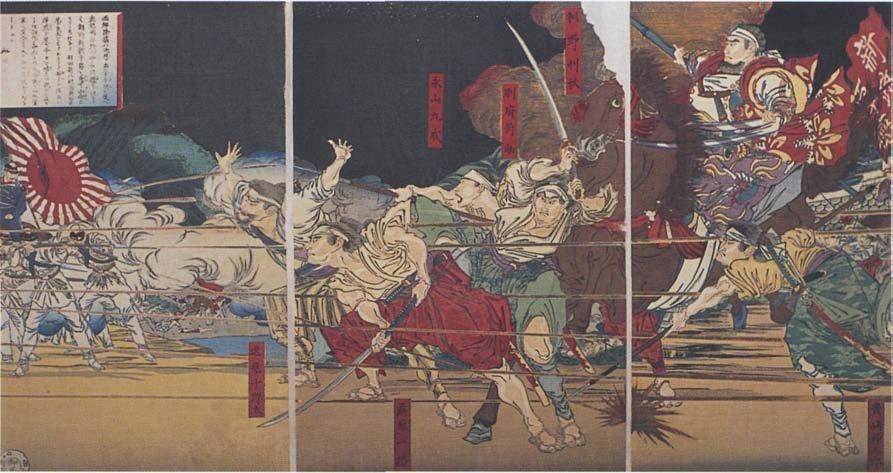
Shindenkan – POMW! – The restoration.
Minouchi Sensei said that it would be rare, that a modern warrior went from option III to option II. This means that this could only happen before or at the Densho level of JODEN. This again means that this must also apply vice versa, because IN-YO is one. In Shindenkan the level of JODEN is a martial sports master level and an experienced level of Yakami Shinsei-ryu and 5.dan Bujutsu Kodosokukai karate-do level.
This level would mean an absolutely complete elite shooter on absolute international top level in all weapon types. However, this is not necessary for a good understanding and competence of firearms within Shindenkan and for the purpose of Yakami Shinsei-ryu. Then where is this?
Yakami Shinsei-ryu is a complete multi-track system of martial sports, both armed and unarmed skills. In its nature it is unlimited – that means, that the system goes from limited to unlimited in harmony with the student development, motivation and goals. We meet people where they are and take them on a journey, and this must remain so.
The only shooting system, which is an multi-track system, and one you can train in Denmark, are the shootings formula 1; The IPSC – International Practical Shooting Confederation. IPSC is world-wide, but still very small relative to other shooting disciplines. It is conveniently used and dynamic shooting from different distances, positions, goals and moving. It reflects reality as much as possible, which is also the reason why so many specialized police and military personnel are training this shooting discipline. IPSC requires the highest marksman license in Denmark; DSF A license approx. 1 outward 500 shooters have this in Denmark. A DSF A license equals other countries’ track referee license and is for experienced shooters. Denmark is the only country in the world where the safety requirements for IPSC shooting requires a DSF A license.
In Shindenkan we do voluntarily and unpaid work of benefit to our members, the community and others. Because we do this, it does not mean that we have to do double or Triple work, when it is only necessary to make a decent piece of work – once.
Therefore, we have 5-years of strategic plans and management tools that make it easy for ourselves. Martial arts are not limited to martial arts as the starting point is and remains the practitioner. The man behind is full of valuable life lessons from education, work, family, friends and themselves. This we of course use actively in Shindenkan with respect and acceptance for each other and build on top of it.
A general overview analysis showed that there were approx. 150,000 more or less active shooters in Denmark. It was the norm to train once a week with standardized shooting programs, usually a pack of 25 to 50 shots per. training session. A normal competition shooter trains 1-3 times a week. A normal Danish competition shooter shoots therefore between 1,000 to 3,000 shots a year with one-to twice workout a week. Active competition shooters shoot maybe 10-15000 shot / year and normally sponsored elite shooters shoot between 20-30000 shot annually.
This is generally single-track systems where the shooter stands still while the shooting program runs. This is unlike the IPSC, which is practical shooting with serious weapons, where you move from shooting position to shooting position and shoot where you decide the shooting program – it’s free style. Normally active IPSC shooters shoot about 10-15000 shots annually. Normally “Team Shooters” shoot about 30-50000 shots annually and Denmark’s very few international sponsored elite shooters shoot up to about 100,000 shots annually.
The history has shown that if a new shooter is getting the absolute best starting point and moving towards an international top shooter, then he or her must have the best available shooting instructors and have to shoot about 100,000 good shots in a period of 2-5 years. If we are talking about non IPSC shooters, this would correspond to what normal sponsored Danish elite shooters would shoot in 4 years! Or a normal active shooter would shoot in 8-10 years! Not to say, what a normal Danish shooter would shoot in about 50-100 years.
Positively seen, a new extremely focused and motivated shooter with 2-3 years of experience will be an international elite shooter if this shooter trains a few hours each day, and shoot about 100,000 good shots annually, and are taught by the best available international elite shooting instructors.
All in all it is quite logical – but also practically impossible if you not are a sponsored pro shooter, soldier or police officer, shooting with the responsibility that comes with your work.
According to the 2010 Strategic Plan the POMW! project has been initiated to begin in the preparatory phase in the early 2010 and for the next 3-4 years. But was first started in the middle of the 2011 and with a second person in the project, according to the originally designed.
Kimu Sensei had just finished developed and trained the Honbu course instructors in all the curricula and competency courses from 10.kyu (white belt) to 1.dan Yakami Shinsei-ryu (black belt 2 nd Dan karate-do) in the HonbuStrat2010 (2005-2010).
He was from middle of 2011 to focus on complete the development of the prolonged competency course from 1.dan Yakami Shinsei-ryu (black belt 2 nd Dan karate-do) to JODEN hiden Yakami Shinsei-ryu (black belt 5.dan karate-do) according to the Honbu Strat15 (2010-2015).
To test Minouchi Sensei’s statements, the practitioner should be between the martial arts densho degree of JODEN and Menkyo and much like full Menkyo for full confirmation of the statement. The practitioner should be without any prior firearms experience – but should be very “clean”.
The only qualified option to start the preparatory phase of POMW! in the middle of the 2011, were: Kimu sensei. So it was just up on the horse and then goes ahead. There were no other options, and HonbuStrat15 could not tolerate further delays if Shindenkan has to reach its the goal.
Kimu Sensei bought a lot of books, DVD, studied a lot on the internet and called a lot of helpful and informative people, so he could produce a realistic plan. Fortunately Denmark’s international top three elite shooters would like to share their experiences and shooting knowledge, so that the shooting instructor competence criterion could be met, and the enrollment in five continuous shooting schools also became a reality, so that the flexibility also was achieved and other obligations could be accommodated.
Time was the key, since the last DSF A license test was two months after the shooting start. And with no previous shooting experience, hard work would be extra hard – with all obligations.
Two months later, the DSF A-license was in the house with a second place in the company of shooters with 5-20 years of shooting experience. Two weeks later, the permanent DSF A license was in house, and all of this within three months from the start, three matches, two in the U.S. and one in Denmark, and much experiences richer.
Two milestones where achieved, so that he now also can concentrate more on other commitments. This also is needed, because not everything is positive in the shooting world.
POMW! is targeted the TG4 group with have 7-12 years of Yakami Shinsei-ryu experience.
It is important to emphasize that POMW! is for the TG4 group – black belts. But for practical reasons (graduation progression until 2016/17), the first time may also qualify for the YSK brown belts, as all black belt leadership development seminars will run in cycles of 4 years.
There still remains only one competency resource in Shindenkan that can develop and make all skills courses for black belts so that the requirements for the competence level attained in the over 1,000 year old martial art system. And this resource is Kimu Sensei.
All the KYU courses were very time consuming with a resource use in between 600-1000 hours and with additional training resources of qualified Honbu instructors to conduct the course after a constant standard – all of the time.
All the black belt courses are considerably more complicated and costly to develop and construct than the KYU courses, and with just one power resource in the organization, which will also have teach them, it must be every 4 years. Jens Hanshi-dai’s statistics also show that this is very well responding to the need for progression to graduation in the TG4 and TG5 group.
The POMW! process is not as complicated, as the Yakami Shinsei-ryu pathways, and it’s not supposed to Shindenkans members that they must be expert marksmen after the POMW! cycle.
But as one of the shooting instructors said, then he guarantee that he can teach students 10 times faster to shoot than normal shooting instructors. What he was right in, because then Kimu Sensei would not have done the DSF A license with a good result without falling through. The other shooter had between 5 to 20 years of shooting experience – Kimu Sensei had two months and no basis for comparison before the DSF A License test.
We have also learned that the shooting world should not count the experience years but in good shots, which only gets better by the quality of your shooting instructors – from the beginning.
Which assessment is best? Being a member of a shooting club for 20 years and has shot 100,000 shots, or be a member of several shooting clubs for 2 years with the best shooting instructors, and shot about 100,000 good shots ‘. It is of course a matter of taste for quality and needs, but we in Shindenkan see’s the last option as the best one.
If a Shindenkan Honbu instructor has been 1 year to reach a milestone, and you shall not go the same way as him / her. The instructor’s job is not to show the same path as he has taken, but a much faster way.
We expect that the POMW! process will provide at least a 10 times faster and more experience, than in a normal shooting club for a normal shooter. The after evaluation will show whether we reach our goal or not, but the test at Norco and later, has shown promising results.
The POMW! Process was presented to the brown belt and black belt teams on December 10, 2011. The Shihan-kai also chose to give information to the 8-4.kyu team with 1-4 years of Yakami Shinsei-ryu experience with dissipative risk of misunderstandings and hard mindsets. But Shindenkan Denmark has an open communication policy, which we in the federal executive seem quite right.
